How to fertilize ficus at home, choose the best fertilizer for ficus
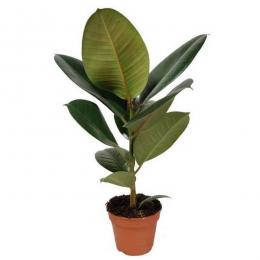
One of the most common representatives of the tropics in home greenhouses is ficus. This unpretentious and persistent plant compares favorably with its compatriots.
However, when caring for it, it is also important to adhere to a number of rules in combination with moisture and temperature conditions; it is also very important to know how and what to feed the ficus at home.
Content:
- How to fertilize ficus at home
- The best fertilizers for ficus
- What is recommended to feed Ficus Benjamin?
- Ficus feeding frequency
How to fertilize ficus at home
Caring for ficus at home includes a number of features, which include the application of fertilizers.
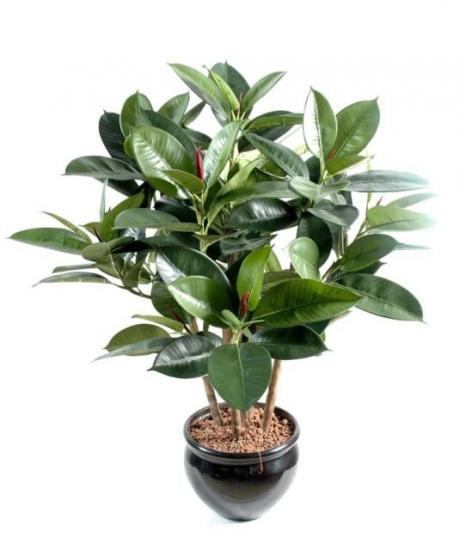
In addition to common organic and mineral fertilizers for feeding ficus use:
- Water with sugar - used for irrigation. The effectiveness of this mixture is due to the fact that the glucose contained in sugar activates the processes of plant growth and development. For watering, it is recommended to dissolve 40 g of sugar in 1 liter of water. Watering the resulting mixture should be abundant so that glucose penetrates the root system;
- Yeast solution - for preparation you will need 15 g of yeast, which must be diluted in 1 liter of water and a tablespoon of sugar added to the mixture. Allow the solution to sit for three hours before watering.It is worth applying such fertilizing in the spring and at the beginning of the summer period, at a time when the flower is actively growing and developing. The yeast solution optimizes the mineralization of organic substances and activates the processes of carbon dioxide release in soil;
- Coffee grounds - you need to dry them first, and thoroughly loosen the soil in the pot. This will help provide oxygen to the plant root. It is recommended to dig the dried grounds into potty, this will provide the root with nutrients. Sprinkling the grounds is mandatory; if this is not done, you can provoke the reproduction of midges;
- Brewing - it is important to take not fresh tea, but one that has already been brewed. Black, unflavored is best. You can use both the tea leaves itself, dropping it in the ground, and brewed tea for watering. As with the grounds, the tea leaves must be added dropwise to prevent the formation of mold;
- Onion peel - it is recommended to add water and let it brew. Use the resulting liquid for irrigation;
- Nettle infusion - for preparation you need to take 10 g of dried raw materials or 50 g of fresh ones and add 0.5 liters of water. Let it sit for a couple of days until a brownish tint forms. Before direct watering, it is recommended to dilute the resulting mixture in 5 liters of water. Should be added at the end vegetation period to restore the soil after a period of active growth;
- Ash infusion - dilute a tablespoon of ash in 1 liter of boiled water and let it brew for a week. It is used both for fertilization and for spraying to destroy or prevent parasites;
- Skins, peeling vegetables and fruits. Cleaning potatoes can be used as a top dressing after preliminary drying, and banana peels can be immediately buried in the pot. Rotting, the latter will provide ficus nutrients;
- Succinic acid - the drug is sold in a pharmacy; for use, you need to dilute one tablet of the product in a tablespoon of water. Despite its low prevalence, such feeding is effective. Thus, the acid activates the processes of growth and delivery of micronutrients, increases the defensive capacity of the flower’s immunity, and its resistance to disease. In order to prevent pest damage, the product can be used to spray the flower.
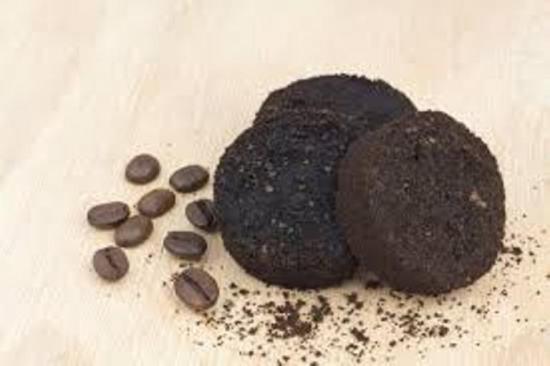
Systematic application of mixtures to the soil is a necessary measure to maintain normal processes of growth and development of ficus.
If the plant experiences a lack of nutrients, this will be reflected externally in a decrease in growth rate, a change in the color of the leaf blades, and even the death of the flower.
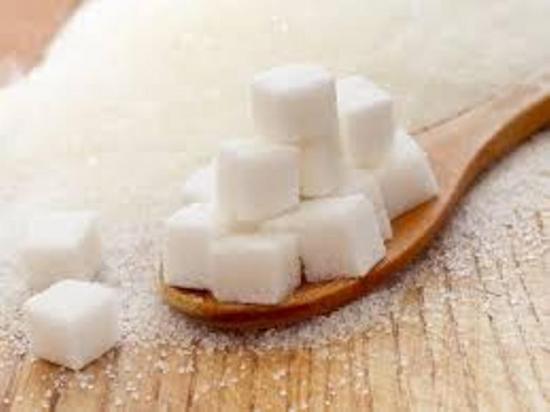
The best fertilizers for ficus
It is important to remember that you can add any mixtures to the substrate only a month after transplanting the flower into a new substrate. This is due to the fact that at first the plant receives all the necessary nutrients from the new soil, and adding nutrient mixtures can lead to an excess of them and simply burn the root.
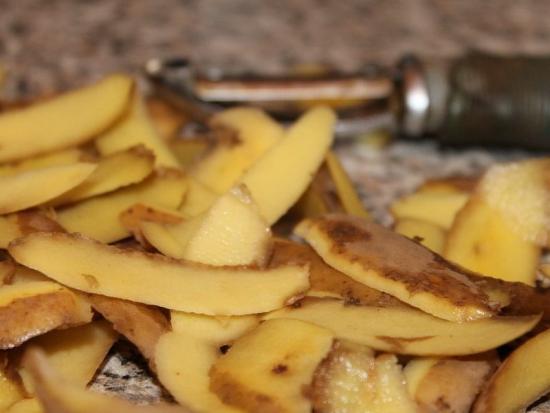
To fertilize the flower, both homemade and industrial fertilizers of a mineral and organic nature are used. It is important to remember that the use of each has a number of features.
To the most common types mineral mixtures include:
- Dry - available in the form of powders or granules, sometimes tablets.The peculiarity of this type is that useful substances do not enter the soil immediately after application, but gradually, with watering;
- Liquid - available in the form of various solutions that are used for root feeding. Used for both watering and spraying;
- Prolonged sticks - placed directly under the roots. They act in the same way as dry ones, releasing useful elements gradually as they dissolve under the influence of water.
- For normal growth and development processes, all plants need a number of components that come from the soil. Most often, ficus plants lack minerals such as nitrogen, potassium and phosphorus, which affect leaf growth processes and shoot formation. Mineral fertilizers help solve this problem by replenishing reserves of macro- and microelements.
The most common types of organic mixtures include the following.
Mullein (composted cattle manure)
Before application, it is necessary to dilute 2 g of the substance in 1 liter of water and stir thoroughly. Before feeding, the plant needs to be thoroughly water. This promotes rapid absorption of nutrients by the plant.
It is important to remember that you cannot use fresh substance, as there is a high risk of burning the root.
Rotten leaves
Organic matter of plant origin is in no way inferior in quality to animal matter. To make it, it is recommended to pile up fallen leaves and water them generously from time to time throughout the year.
The humus thus formed can be used for fertilizing the following year.It is noteworthy that organic matter of plant origin is rich not only in nitrogen, but also in other micro- and macroelements necessary for growth and development.
Bird droppings
Concentrated organic fertilizer, which contains a large amount of nitrogen.

To apply fertilizing, it is recommended to add 5 g of dung, which has already rotted, to 1 liter of water. It is better to apply the resulting mixture after watering.
It is noteworthy that bird droppings are one of the best fertilizers for ficus and it is better to apply it in late spring or early summer, when the plant is in the active growth phase.
The recommended frequency of fertilization is every few weeks in the spring and summer. During the winter period, you don’t have to fertilize, but if in winter optimal conditions for growth and development are created for the flower, you can add a small amount once a month or a month and a half.
What is recommended to feed Ficus Benjamin?
The best fertilizer for this type of ficus is nettle tincture. In addition, the plant is often used to mulch the soil. This is due to the high concentration of nitrogen, iron and carbon contained in nettles.
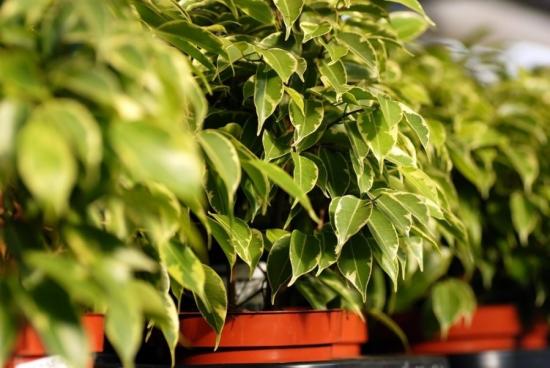
To make fertilizer at home, it is recommended:
- Start collecting young nettle shoots before seeds form;
- Chop the collected shoots and pour into a bottle, filling it halfway;
- Pour water over the green mass, close and let it brew for several weeks. You can determine readiness by the color of the mixture changing to dark green and bubbles appearing on the surface of the liquid.
- Before directly applying fertilizer to the substrate, the mixture must be diluted in water in a ratio of 1:10. Watering the soil with pure mixture can be dangerous.For spraying leaves, it is recommended to reduce the concentration to a ratio of 1:20.
Ficus feeding frequency
Recommended frequency fertilizing ficus, in comparison with other flowers, is insignificant. However, it is important to consider that fertilization should be plentiful, especially for mature plants with a lot of leaves.

The abundance of foliage quickly depletes the substrate and replanting does not always help.
Ideally, it would be worth replanting the flower every few months to renew its reserves of nutrients, but it is much easier to fertilize. It is important to monitor the condition of the flower; this will help determine whether the plant is suffering from a lack of useful elements.
Signs of a lack of useful elements include:
- Thinning of stems;
- Formation of spots on leaves, browning of the edges of the blades;
- Yellowing of leaves, their falling;
- Damage by parasites;
- Loss of color by leaf blades, their fading;
- Abrupt growth stop or slowdown;
- Frequent illnesses due to a drop in immunity levels.
It is recommended not to delay the application of fertilizers, because the appearance of signs of a lack of nutrients can negatively affect the condition of the plant.
Fertilizing ficus at home is determined by a number of features.
Although ficus unpretentious plants, they need systematic application of mineral and organic fertilizers, which provide the plant with nutrients.
We invite you to watch the video and learn more about the features of caring for ficus trees:


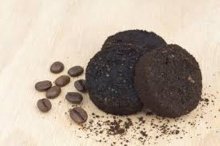

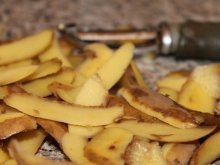

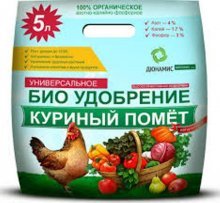
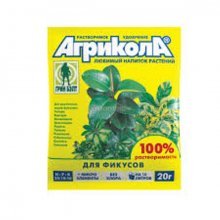
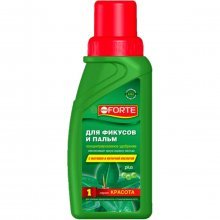

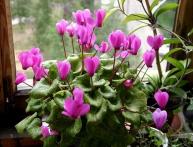
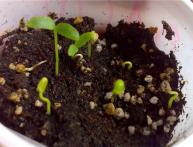
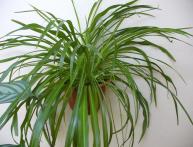




Comments
In order for the ficus to develop better and look healthy, I try to regularly feed it with water with diluted yeast, and once a month I add a little castor oil and sugar syrup to the water for irrigation. I also infuse skins from bananas and other fruits and water the ficus. This is often enough to ensure that the plant remains attractive and does not get sick.
Sometimes at home, when my mother cleans the aquarium, she pours water from it onto the ficus and other plants that we have in our house, this also contributes to fertilization. So if you have fish at home, you can try it.